Sponge painting is a popular painting technique that adds texture and depth to any kitchen wall. It involves using a natural sponge to create a mottled or marbled effect on the painted surface. To achieve this look, simply dip the sponge in your desired color and dab it onto the wall in a random pattern. This technique works best with earth tones or pastel colors for a subtle and natural look.1. Sponge Painting
Stenciling is a painting method that allows you to create intricate designs on your kitchen walls. It involves using a pre-cut stencil and dabbing paint onto the wall with a sponge or stencil brush. Stencils come in a variety of patterns and themes, making it easy to find one that fits your kitchen decor. You can also layer stencils to create a more complex and customized design.2. Stenciling
Color washing is a painting technique that creates a soft and transparent look on your kitchen walls. It involves applying a thin and watery layer of paint over a base color, allowing the base color to show through. This technique is versatile and can be used with any color combination to create a subtle or dramatic effect.3. Color Washing
Strie painting, also known as dragging, is a painting method that creates a striated or striped effect on your kitchen walls. It involves dragging a dry brush or comb through a glaze or wet paint to create parallel lines. This technique is commonly used with neutral colors for a subtle and timeless look.4. Strie Painting
Rag rolling is a painting technique that adds texture and depth to your kitchen walls. It involves rolling a bunched-up rag or cloth over wet paint to create a stippled or crinkled effect. This technique works best with bold or dark colors for a dramatic and luxurious look.5. Rag Rolling
Ombre painting is a painting method that creates a gradual and blending effect on your kitchen walls. It involves blending two or more colors together to create a smooth and seamless transition from one color to the next. This technique works best with cool or warm color combinations for a calming and relaxing atmosphere.6. Ombre Painting
Faux brick painting is a painting technique that creates the illusion of brick on your kitchen walls. It involves using a base coat to create the grout lines and then dry brushing or sponging on a second color to create the brick texture. This technique is a great way to add a rustic and industrial touch to your kitchen.7. Faux Brick Painting
Chalkboard paint is a painting method that transforms your kitchen walls into a functional and versatile surface. It involves applying a coat of black or dark-colored paint and allowing it to dry before writing on it with chalk. This technique is perfect for meal planning, grocery lists, or fun and creative messages.8. Chalkboard Paint
Metallic paint is a painting technique that adds a shimmering and lustrous finish to your kitchen walls. It involves using a metallic or pearlescent paint to create a glowing effect. This technique works best with modern and contemporary kitchen designs to add a touch of elegance and sophistication.9. Metallic Paint
Ombre stripes is a painting method that combines the ombre and stripes techniques to create a unique and eye-catching effect on your kitchen walls. It involves painting stripes in various shades of the same color to create a gradient or ombre effect. This technique is a great way to add drama and visual interest to your kitchen.10. Ombre Stripes
Transform Your Kitchen with These Paint Techniques for Kitchen Walls

Why Paint is a Game-Changer for Kitchen Design
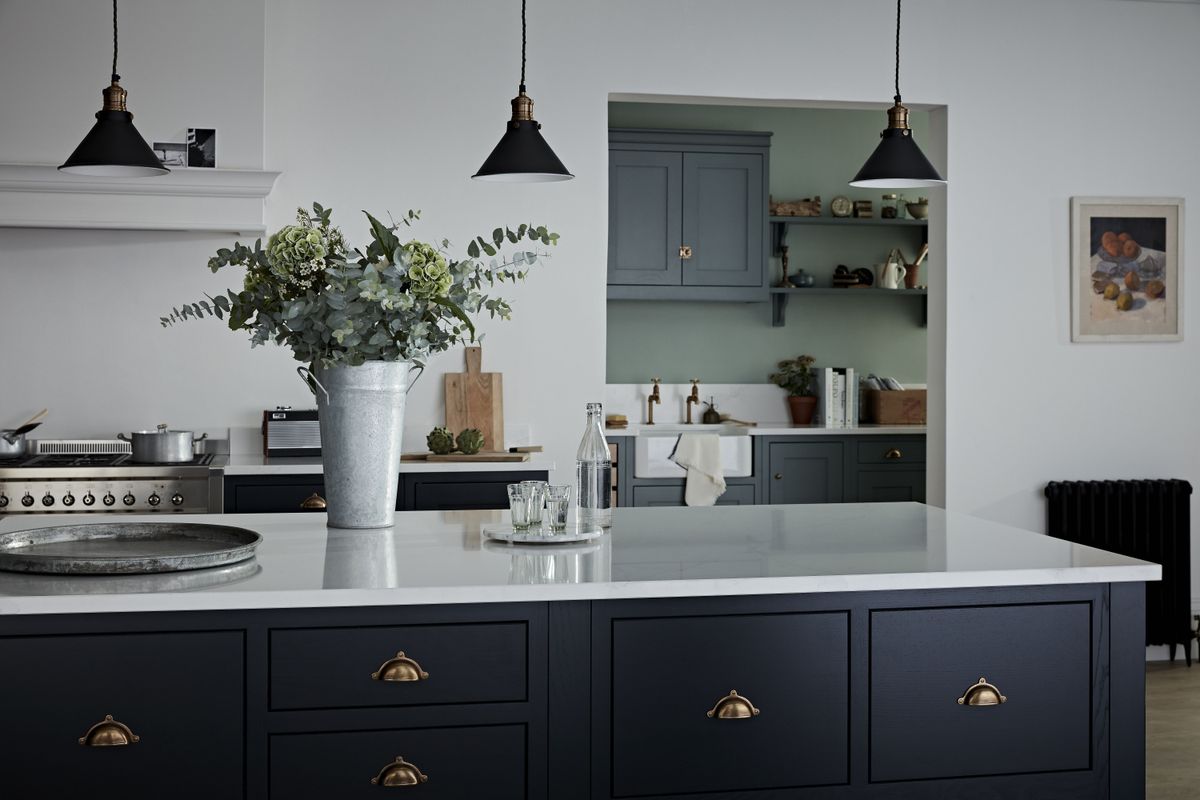 Painting your kitchen walls is one of the most cost-effective ways to transform the look and feel of your kitchen. The right paint color can completely change the atmosphere of the room, making it feel brighter, bigger, and more inviting. Not only that, but paint also serves as a protective barrier for your walls, keeping them from getting damaged by moisture and kitchen grease. With the right techniques, you can elevate the design of your kitchen and make it a more enjoyable space to cook and gather in.
Painting your kitchen walls is one of the most cost-effective ways to transform the look and feel of your kitchen. The right paint color can completely change the atmosphere of the room, making it feel brighter, bigger, and more inviting. Not only that, but paint also serves as a protective barrier for your walls, keeping them from getting damaged by moisture and kitchen grease. With the right techniques, you can elevate the design of your kitchen and make it a more enjoyable space to cook and gather in.
1. Choose the Right Color Scheme
 The first step in any successful paint project is choosing the right color scheme. For kitchen walls, it's important to consider the overall design of your kitchen – the cabinets, countertops, and flooring – and choose a color that complements them.
Neutral colors
like gray, beige, and white are popular choices for kitchens as they create a clean and timeless look.
Blue
is also a great option as it has a calming effect and can make your kitchen feel more inviting. However, don't be afraid to add a pop of
bold color
if you want to make a statement.
The first step in any successful paint project is choosing the right color scheme. For kitchen walls, it's important to consider the overall design of your kitchen – the cabinets, countertops, and flooring – and choose a color that complements them.
Neutral colors
like gray, beige, and white are popular choices for kitchens as they create a clean and timeless look.
Blue
is also a great option as it has a calming effect and can make your kitchen feel more inviting. However, don't be afraid to add a pop of
bold color
if you want to make a statement.
2. Get Creative with Paint Techniques
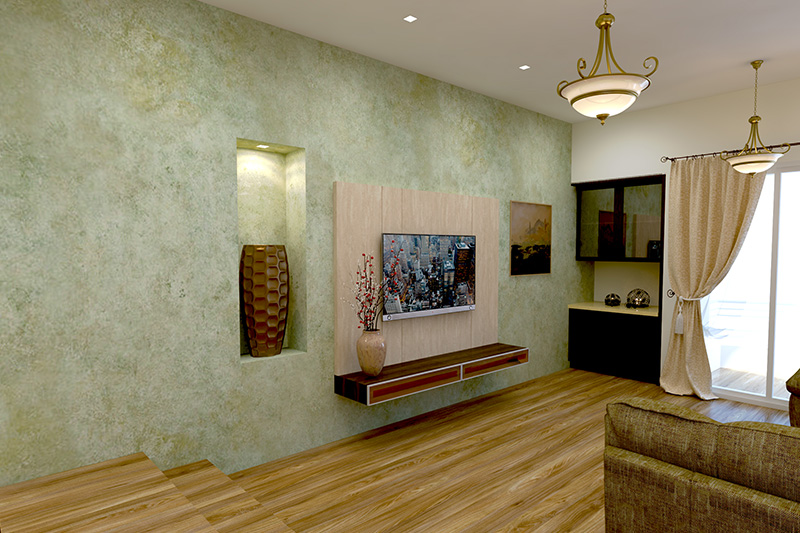 Once you've chosen your color scheme, it's time to get creative with paint techniques. A popular technique for kitchens is
color blocking
. This involves painting different sections of the wall in different colors, creating a unique and eye-catching design.
Ombre
is another popular technique that involves blending one color into another for a gradual and subtle transition. If you want to add some texture to your walls, consider using
stencils
or
stripes
to create a more dynamic look.
Once you've chosen your color scheme, it's time to get creative with paint techniques. A popular technique for kitchens is
color blocking
. This involves painting different sections of the wall in different colors, creating a unique and eye-catching design.
Ombre
is another popular technique that involves blending one color into another for a gradual and subtle transition. If you want to add some texture to your walls, consider using
stencils
or
stripes
to create a more dynamic look.
3. Don't Forget the Details
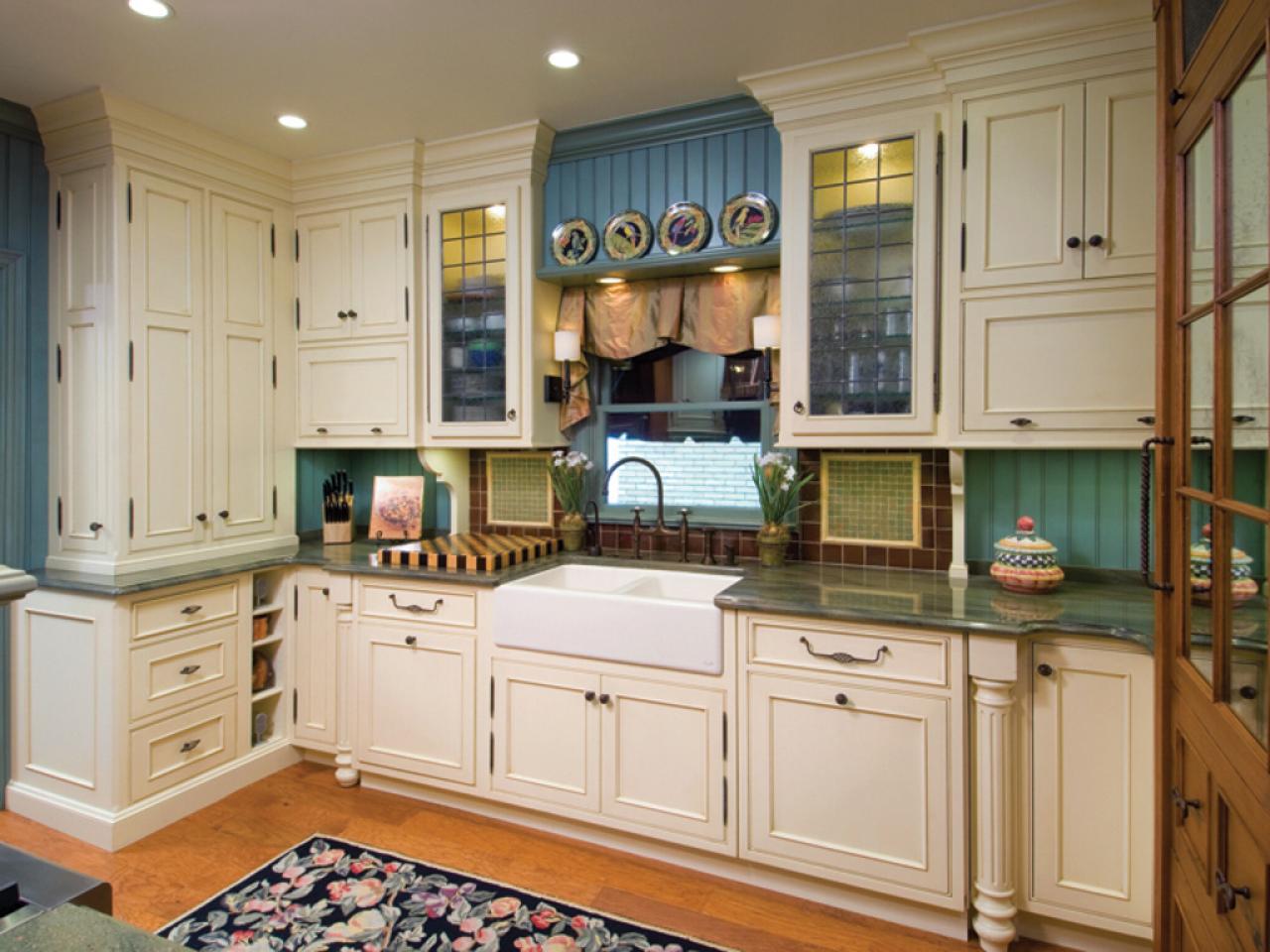 When it comes to painting your kitchen walls, it's important to pay attention to the details. This includes properly prepping and priming your walls, using high-quality paint, and using the right tools for the job. You should also consider the finish of the paint –
glossy
finishes are great for easy cleaning in high-traffic areas, while
matte
finishes provide a more subtle and sophisticated look. Don't be afraid to experiment with different finishes and techniques to find the perfect combination for your kitchen.
When it comes to painting your kitchen walls, it's important to pay attention to the details. This includes properly prepping and priming your walls, using high-quality paint, and using the right tools for the job. You should also consider the finish of the paint –
glossy
finishes are great for easy cleaning in high-traffic areas, while
matte
finishes provide a more subtle and sophisticated look. Don't be afraid to experiment with different finishes and techniques to find the perfect combination for your kitchen.
Final Thoughts
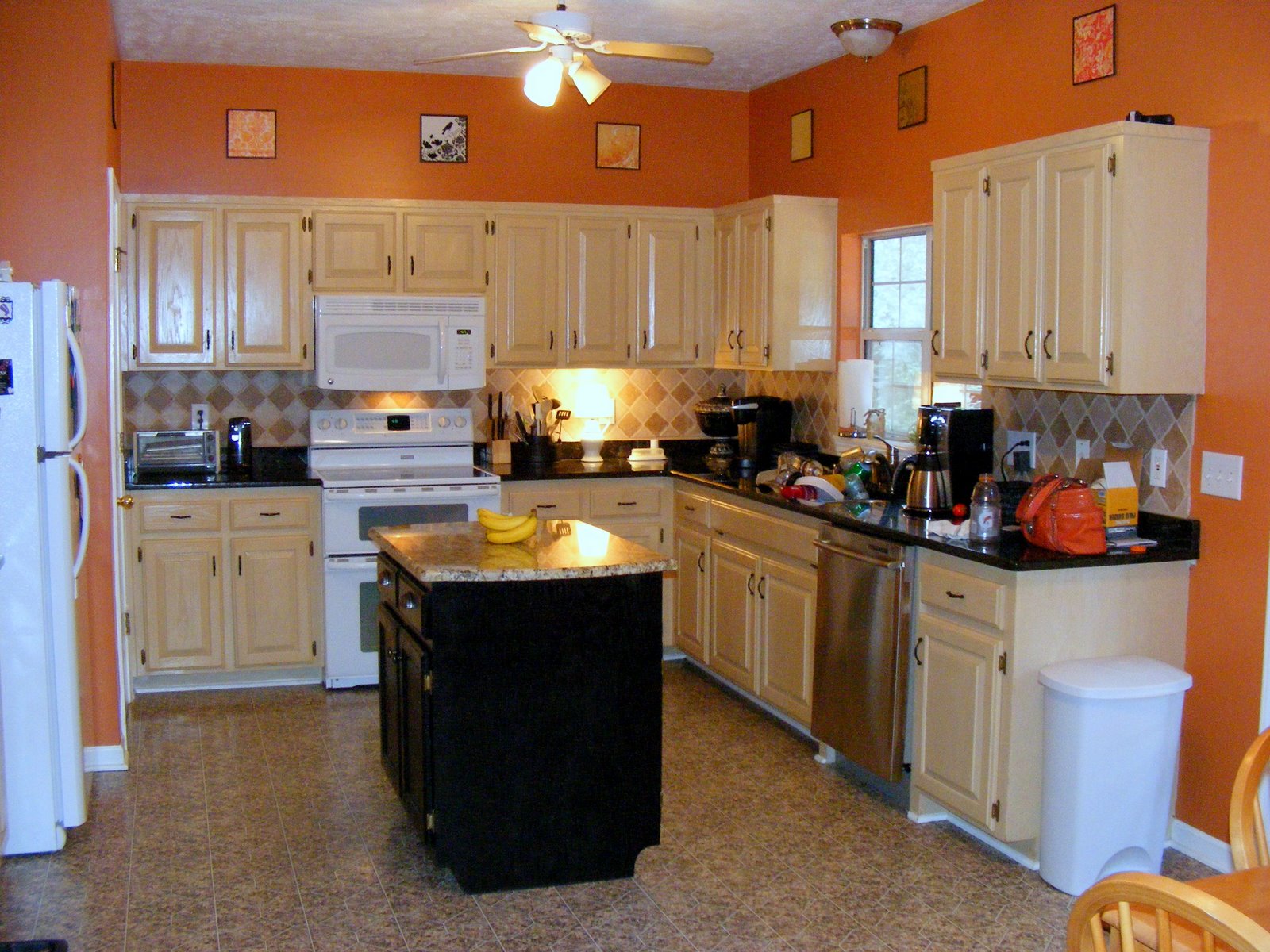 In conclusion, painting your kitchen walls is a simple and effective way to elevate the design of your kitchen. By choosing the right color scheme, getting creative with paint techniques, and paying attention to the details, you can create a space that is not only beautiful but also functional. Keep these tips in mind and get ready to transform your kitchen into a space you'll love for years to come.
In conclusion, painting your kitchen walls is a simple and effective way to elevate the design of your kitchen. By choosing the right color scheme, getting creative with paint techniques, and paying attention to the details, you can create a space that is not only beautiful but also functional. Keep these tips in mind and get ready to transform your kitchen into a space you'll love for years to come.










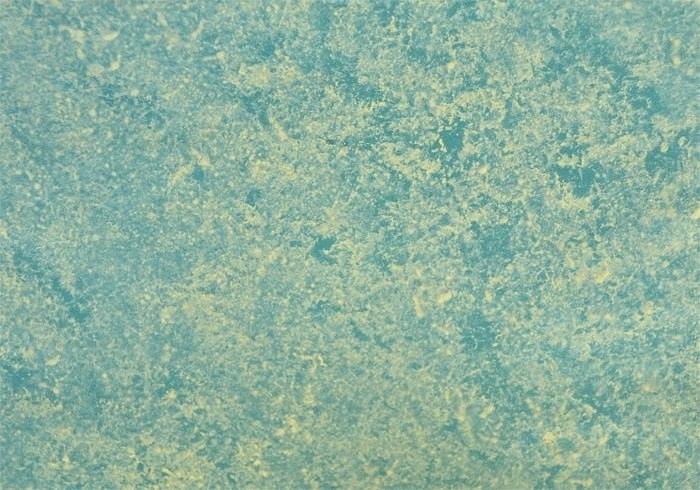


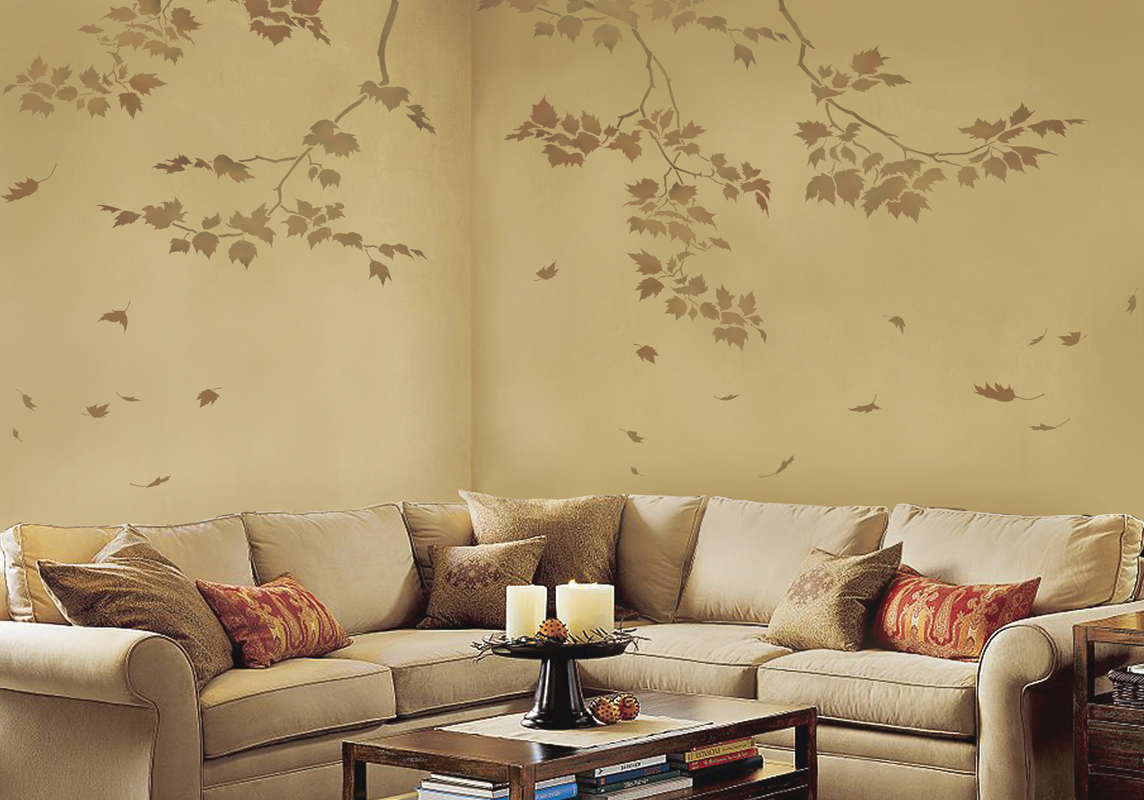
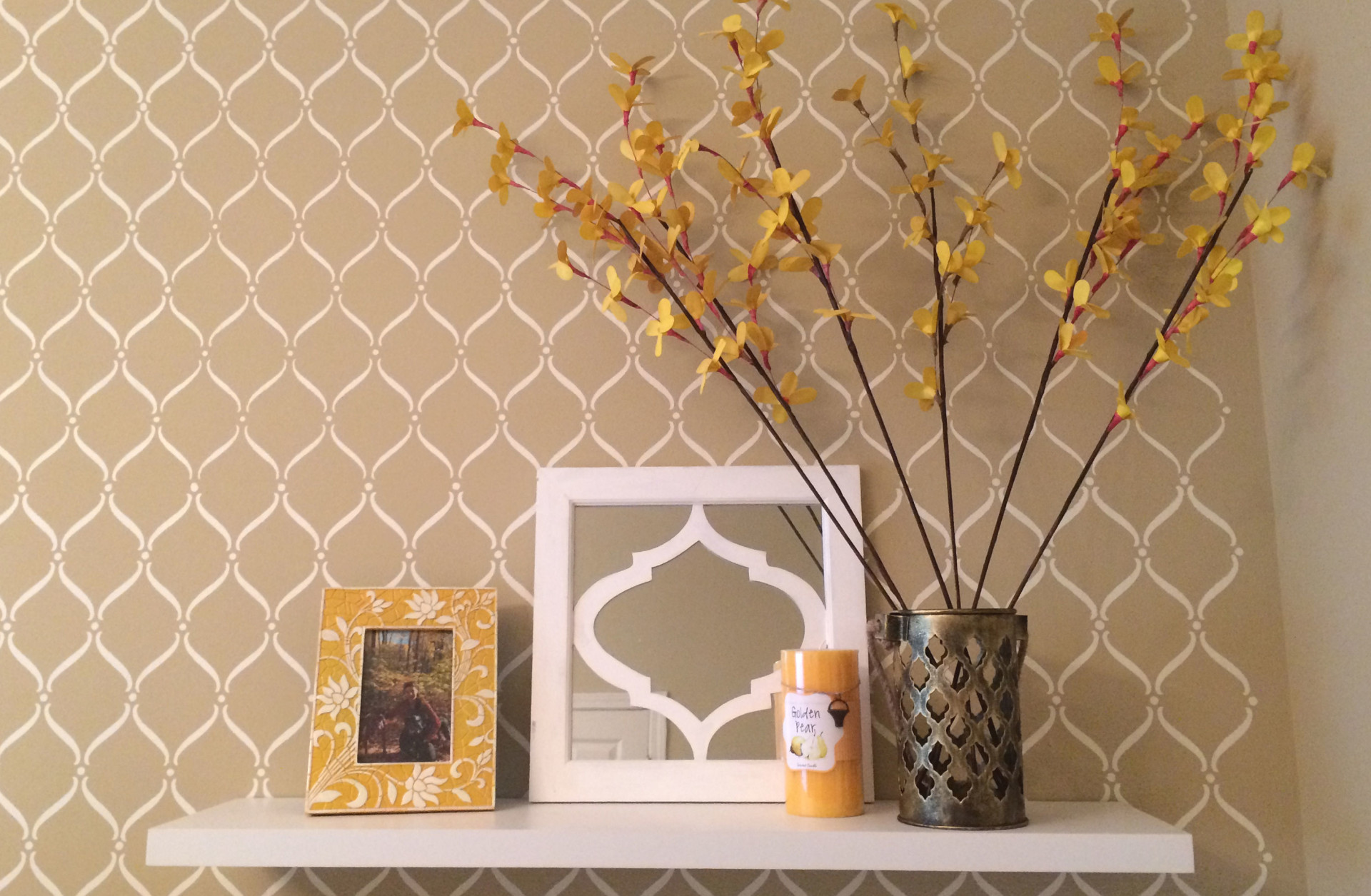






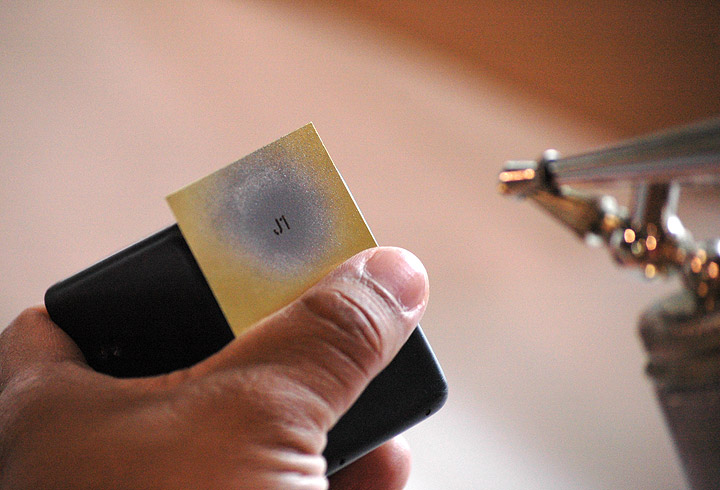
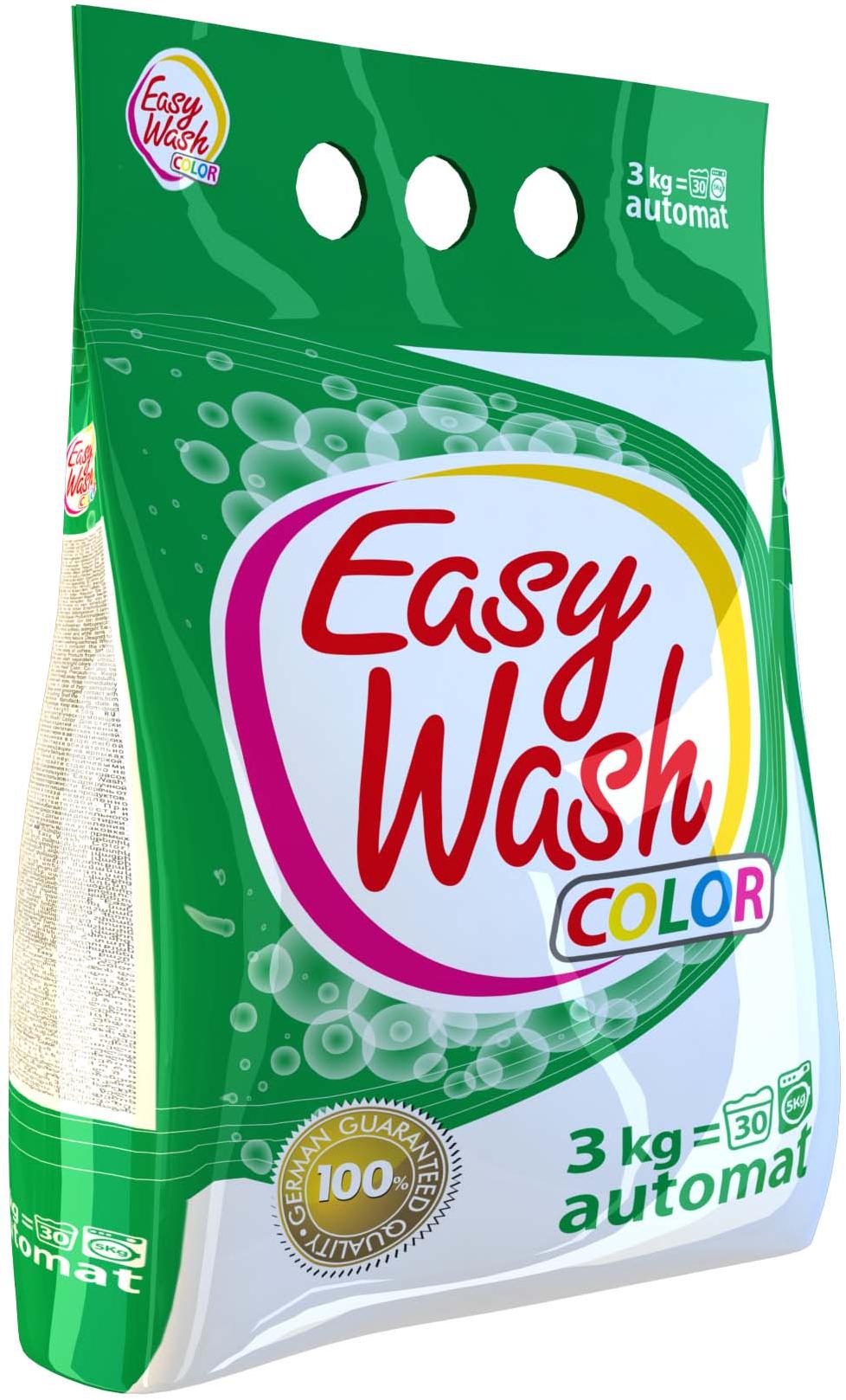












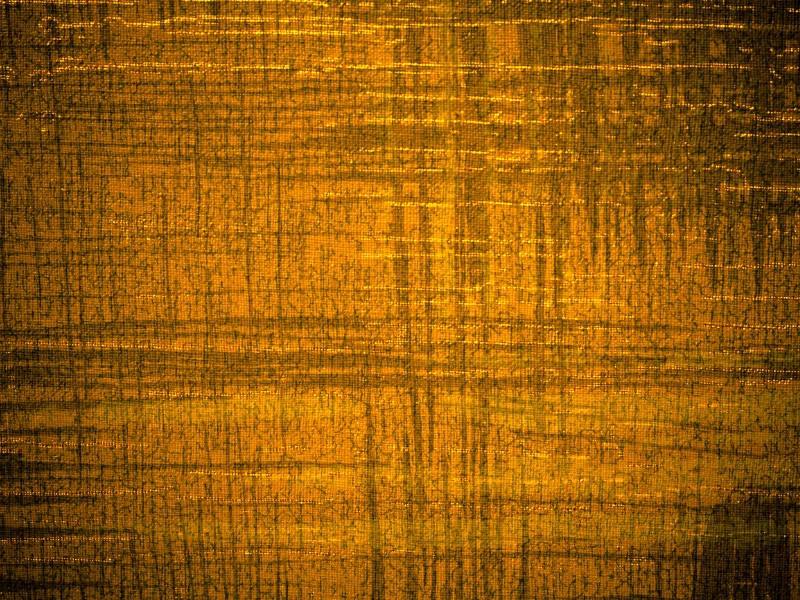

/cdn.vox-cdn.com/uploads/chorus_image/image/65891620/strie_x.7.jpg)










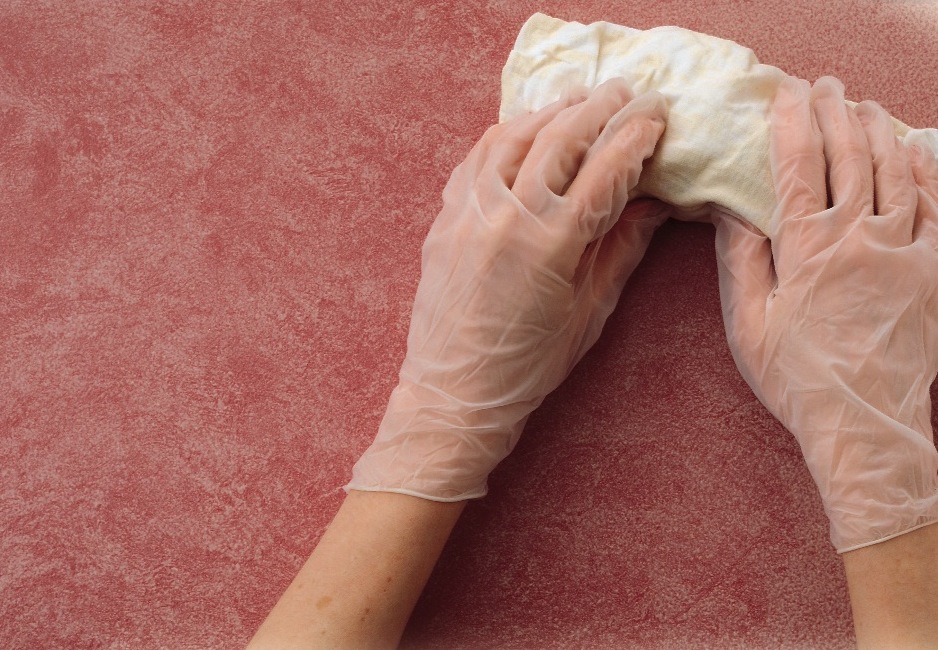


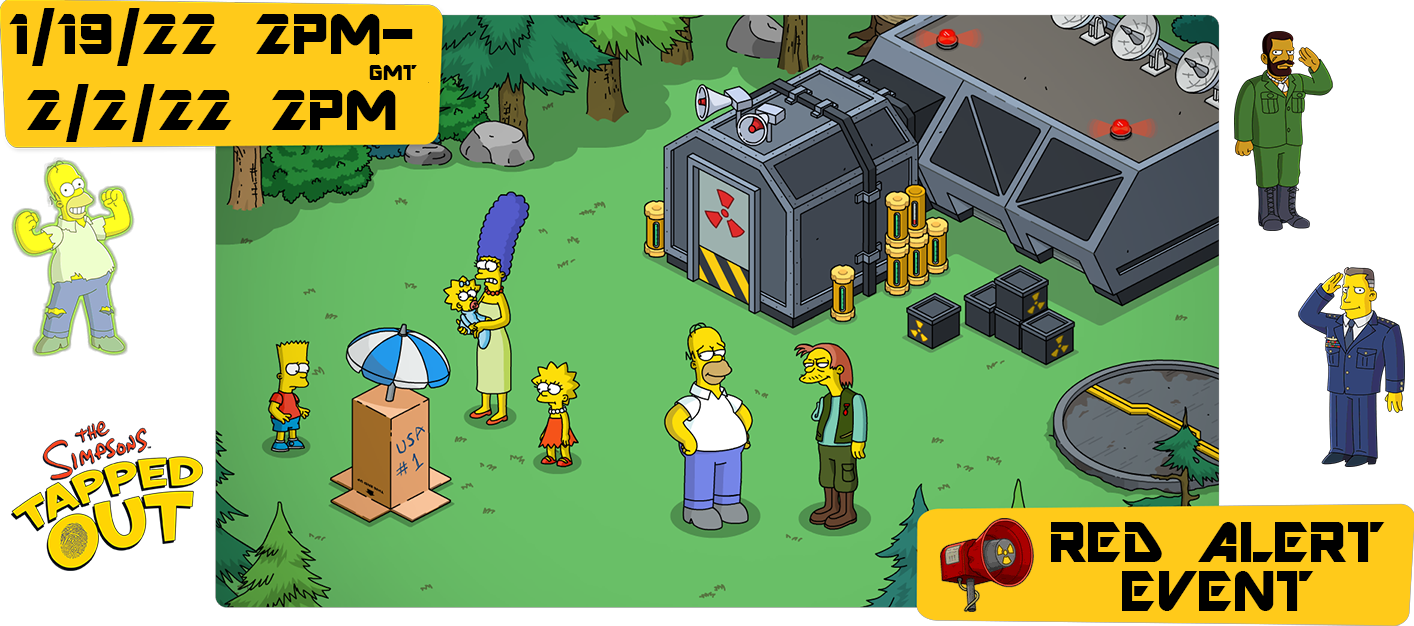






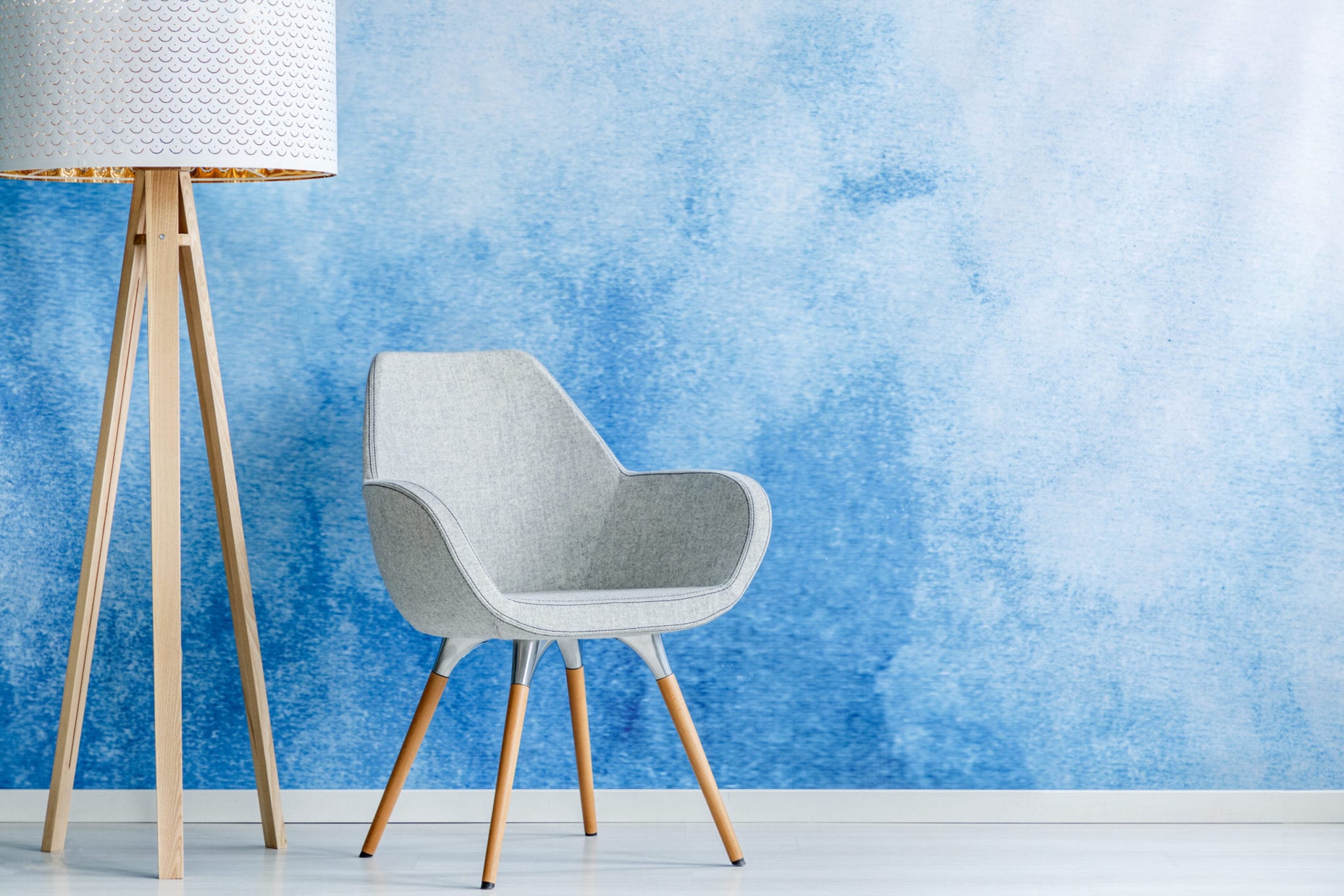

















































:max_bytes(150000):strip_icc()/DesignbyEmilyHendersonDesignPhotographerbyZekeRuelas_30-ad51133a857343228a2c56f76a22825f.jpg)



